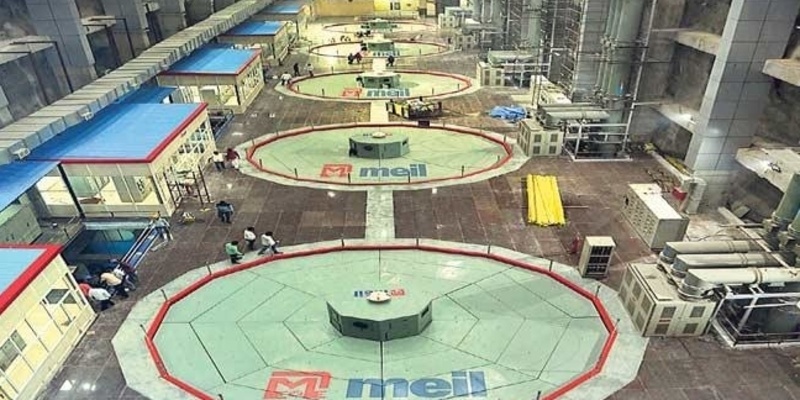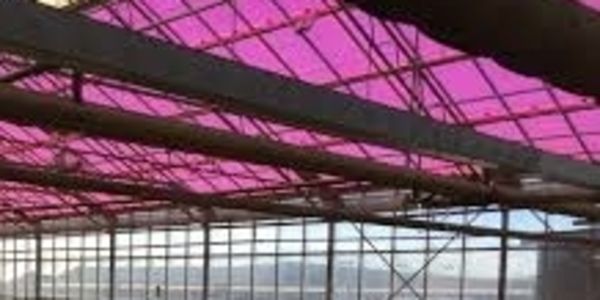Moon’s New Lighthouse: How LN-1 is Shaping the Future of Space Exploration
NASA's Lunar Node-1 (LN-1) has taken lunar exploration to new heights with its recent deployment. Launched on the Intuitive Machines’ Odysseus lunar lander, LN-1 is set to function as a "lunar lighthouse," guiding astronauts and robots across the Moon's surface. Lunar Node-1, or LN-1, was placed on the Moon by NASA in a ground-breaking experiment in late February, which represented a major advancement in lunar navigation technology. For a long time, astronauts have faced difficulties navigating the lunar surface. constructing a "lunar lighthouse" to aid astronauts in navigating their spaceships. (Source: Google Images) LN-1 functions as a network of navigational beacons dispersed over the lunar surface, connecting different spacecraft, including orbiters, landers, and astronauts. This ground-breaking project, carried out atop Intuitive Machines’ Odysseus lunar lander, intends to revolutionize the way missions travel over and investigate the Moon. Notwithstanding obstacles, such the Odysseus lander's unanticipated tilt upon landing, LN-1's capabilities were evident. LN-1 demonstrated its capability to guide future lunar expeditions by shining its beacon for thirty minutes after it was deployed. Although the original goal was to transmit continuously until February 29, the compromised position of the lander presented operating issues for LN-1.Remarkably, LN-1 played a pivotal role in aiding Odysseus’ landing after the lander’s onboard navigation system faltered. When the lander’s laser rangefinders malfunctioned just before descent, engineers swiftly repurposed LN-1’s capabilities to guide Odysseus safely to its intended landing site, underscoring the system’s adaptability and reliability in real-time mission scenarios. Looking ahead ~According to NASA, LN-1 will serve as the mainstay of an extensive lunar navigation network, enabling smooth asset positioning and communication. NASA intends to modify LN-1 for upcoming trips to Mars, demonstrating their ambitions beyond the Moon. Given the difficulties posed by transmission delays from Earth, LN-1's quick data distribution capabilities may come in rather handy for traversing the Martian landscape.A new era in lunar navigation is being heralded by NASA's successful testing of LN-1, which promises improved efficiency and safety for the next missions. Thanks to NASA's innovative efforts, the possibility of long-term human habitation on the Moon and beyond is becoming more likely as the agency works to improve and implement this revolutionary technology.

 (1).jpeg)
.jpg)



(1).jpeg)
.jpeg)
.jpg)




